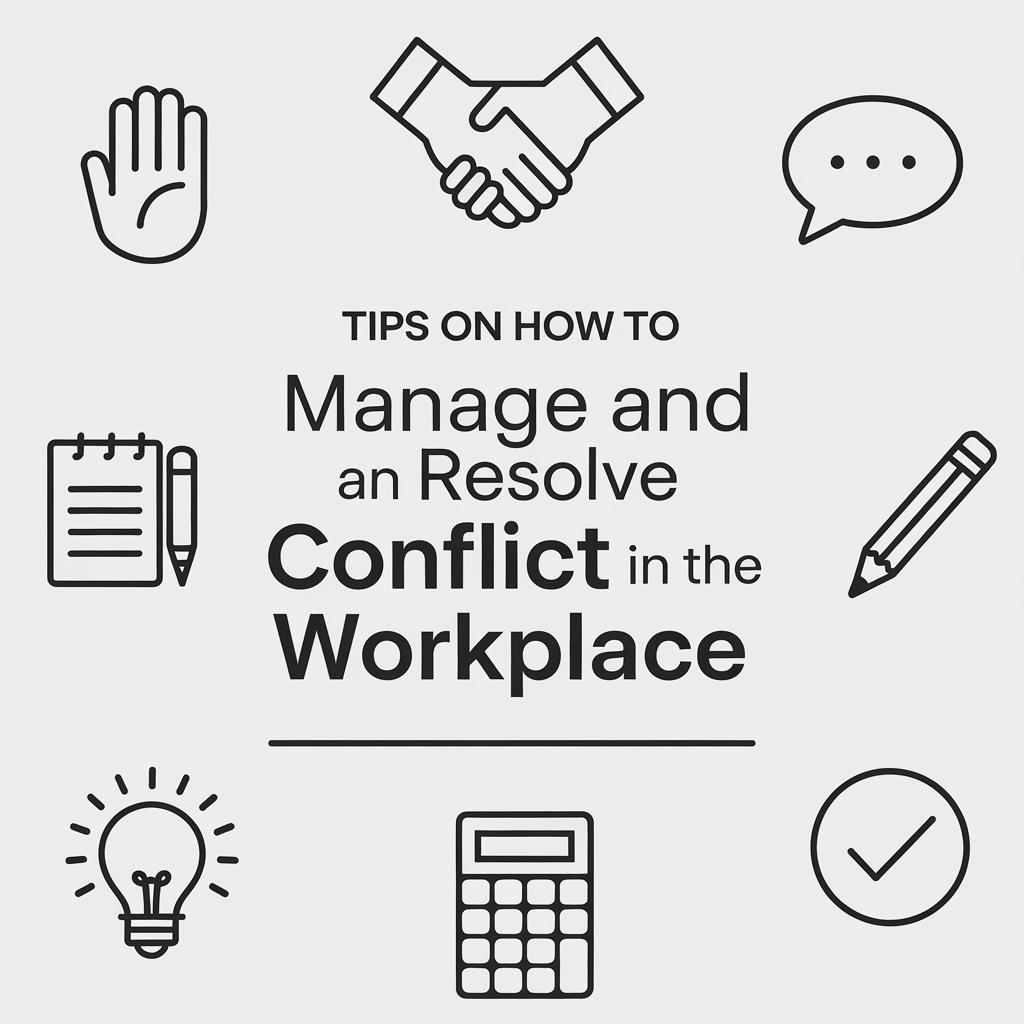The Value of a 90-Day Observation Period for New Employees
In today’s fast-paced work environment, integrating new employees efficiently and effectively is crucial to an organization’s success. The first 90 days of employment often provide a pivotal period for both employees and employers to assess suitability, adaptability, and performance. This blog post delves into why organizations benefit from a 90-day observation period, exploring key moments that matter, the importance of this initial phase, and common pitfalls to avoid. By doing so, businesses can maximize their onboarding process and workforce development strategies, ensuring not only a smooth transition for new hires but also aligning their contributions with organizational goals. To further elucidate these aspects, we conclude with actionable next steps for employers to consider when evaluating new talent during this critical period.
Key Moments That Matter
The first 90 days of a new hire’s tenure are dotted with critical moments that can significantly impact their integration and future performance. One such moment is the initial orientation, where employees are introduced to the company’s culture, expectations, and their specific role. This foundational stage sets the tone for their journey within the organization and provides a framework within which they will operate. Effective orientations clarify roles and responsibilities, offer insights into team dynamics, and establish a rapport with colleagues, all of which are imperative for a seamless start.
Another key moment is the first project or task assigned to the new employee. This is a practical opportunity for them to demonstrate their skills, work ethic, and capacity to meet or exceed expectations. Monitoring and support from management during this phase can identify strengths and areas for improvement, and ensure that the new hire is on the right track. Feedback loops become essential here, offering insights into performance while also promoting a culture of continuous improvement.
Importance of the First 90 Days
The first 90 days offer a structured period for evaluating a new employee’s fit within the organization. This period allows for an adjustment phase where the employee can acclimate to the company environment while beginning to align their efforts with broader company goals. From an organizational perspective, this phase can also serve as an extension of the recruitment process, ensuring that the right hire has been made.
Moreover, these early days serve as a probationary period, where both employee and employer assess the reciprocity between expectations and reality. It’s a pivotal time for identifying whether the employee possesses not only the technical skills required but also the cultural and interpersonal compatibility necessary for long-term success. By making these judgments early on, both parties can avoid the future strain of misalignment, reducing turnover rates and fostering a more cohesive work environment.
Common Pitfalls to Avoid
Despite the clear benefits of a 90-day observation period, several common pitfalls can negate its advantages. One significant issue is the lack of structured feedback. New employees often thrive on constructive feedback during their initial days; organizations that fail to provide this or do so inadequately can leave employees feeling unsupported, leading to uncertainty and disengagement. Regular check-ins and open communication pathways are essential to mitigate this risk and build resilience in the new hire.
Another pitfall is overloading new employees with too much information or responsibility before they have adjusted to their new role. While it is vital for new hires to understand their responsibilities, inundating them with excessive tasks can lead to overwhelm and decreased performance. Bodying an effective orientation and consistent support throughout these 90 days can help avert burnout and aid in developing a confident and competent workforce.
Final Thoughts
As organizations strive to optimize their onboarding processes, the 90-day observation period emerges as a critical framework for integrating new talent effectively. By paying mindful attention to key moments, ensuring a supportive initial phase, and avoiding common missteps, employers can foster a proactive and dynamic assimilation of new employees into the company culture. These practices not only help in talent retention but also in maximizing productivity and enhancing team dynamics.
Leaders and HR professionals are encouraged to treat this period as a dual-sided opportunity for exploration and verification, thus championing a holistic approach to employee integration. As new hires navigate this pivotal journey, organizations that invest time and resources into a structured and supportive transition are likely to reap the benefits of a loyal and highly capable workforce.
Next Steps
| Aspect | Details |
|---|---|
| Key Moments | Initial orientation and project assignment are crucial for assessing skills and fit. |
| Importance of 90 Days | Allows for the adjustment phase, skill verification, and culture fit assessment. |
| Common Pitfalls | Avoid lack of feedback and overwhelming the employee with tasks. |
| Final Thoughts | Structured support and opportunities for feedback strengthen integration. |


